The End of Iyar 5704 (Spring 1944) – The Destruction of Sighet, a Major Jewish City
By: Yaakov Rosenfeld, Ganzach Kiddush Hashem
Recently, we marked 80 years since the destruction of the great sity of Sighet. Sighet, the beautiful city with a magical view of the Carpathian Mountains and from where the life of Torah, activity, and craftsmanship flowed; a city full of deep-rooted Jewish grace and full of endless kindness for others.
The destruction of Sighet took place at the end of the month of Iyar 5704.
Many trains made their way from the stations of the Maramures region towards Auschwitz and in their carriages were innocent and pure Jews: men, women, and children, who did not understand why they were torn from their warm homes, and where they were being taken to.
Silently the Jews got off the trains, to the sound of the wild screams of the human animals. Murderous blows were inflicted on them by the Nazi soldiers and their Hungarian collaborators, who were no less cruel.
For the first time, these little children encountered the evil face of the devil, and the acquaintance was swift, terrible and deadly. They had no time to prepare for the sights and sounds.
Now, the educational institutions will be united with the memory of the Jews of Sighet, along with the rest of the Jews of the Carpathian Mountains and throughout Hungary, whose bitter end came upon them with surprise, cruelty, and satanic sadism the likes of which humanity has never witnessed.
May the memory of the holy and pure Sighet Jews be enshrined in our hearts forever.
Deportations of Sighet Jewry:
Iyar 23, 5704 – 3007 people were deported
Iyar 25, 5704 – 3248 people were deported
Iyar 27, 5704 – 3104 people were deported
Iyar 29, 5704 – 3490 people were deported
A total of 12,749 Jews were deported from Sighet
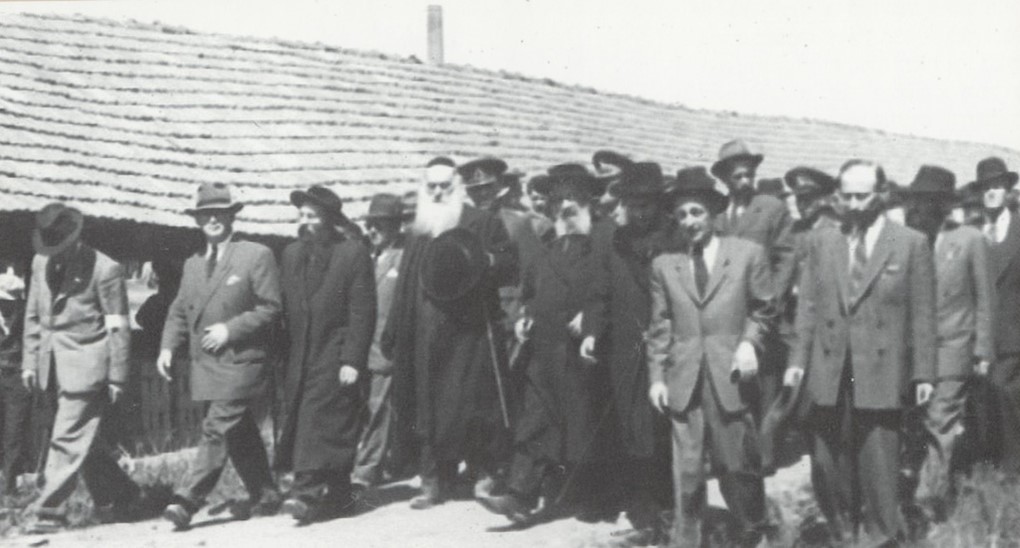
Jews from Sighet being deported
A Little Bit of Sighet
Rabbi Zindeleh
In this house, in the apartment facing the courtyard, lived Rabbi Zindeleh, a very old and holy Jew, and his wife Leah.
Rabbi Zindeleh with his white beard resembled Elijah the prophet. No one had ever seen Elijah the prophet, but everyone was convinced that Rabbi Zindeleh resembled him.
He studied all the time.
The couple lived very modestly, good people took care of their existence, but most of the gifts they received ended up on the tables of other poor people…
(Miklosz Traubkatz, Arba Atzei Shezif BeRechov Teemer in “Sighet, Ha’Ir SheBalev”)
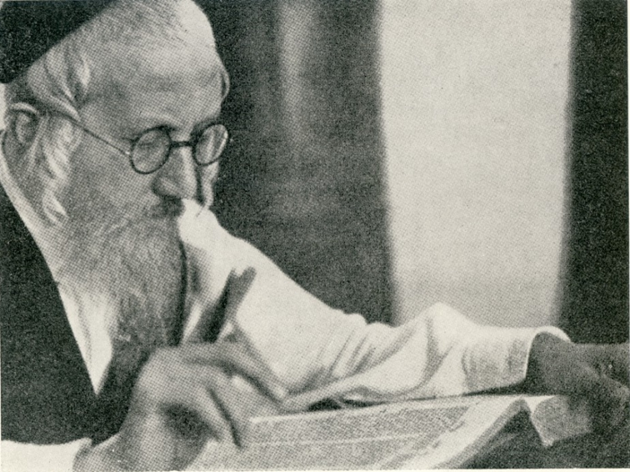
A chasidic Jew in Sighet learning Gemara
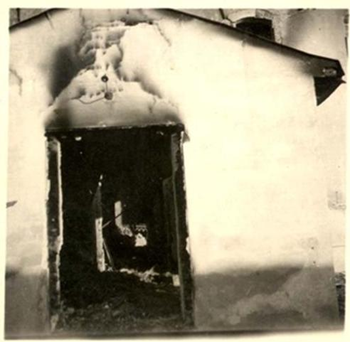
The ruins of the synagogue
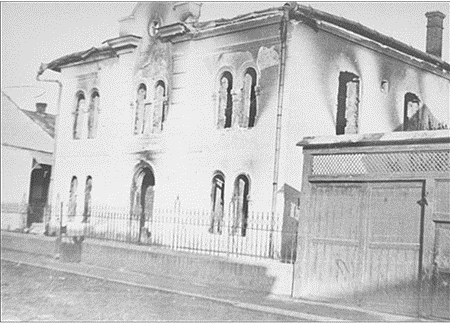
The burnt Malbish Arumim synagogue
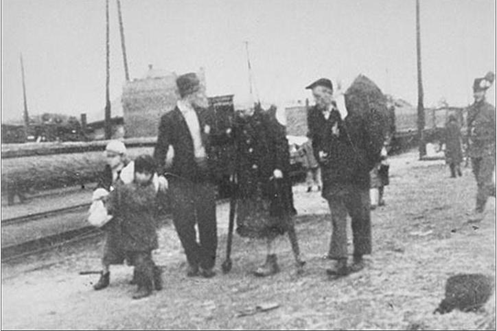
A Jewish family being deported from Sighet. The mother is an amputee…
Pechka Street
Next to their house (of the Schreiber family) stood the house of Rabbi Jacobowitz. He had a handicraft shop. He was tall, and engaged in acts of kindness. He distributed money, heating materials, matzah, eggs and other provisions, all done secretly…
(…) Next to them was Reich’s store, where all the needy and the poor received generous credit. The widowed store owner, who herself was poor and cared for many children, gave items on credit without asking questions (…)
On Friday evening, Jews were seen dressed for the holiday (Shabbat); at the Shabbat tables covered with white tablecloths sat poor guests who had been invited to a meal straight from the synagogue.
(Tziporah Katz, in “Sighet, Ha’Ir SheBalev”)
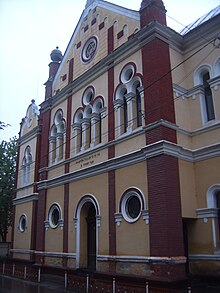
The Vizhnitzer Kloiz study hall in Sighet (Wikipedia)
The Mill Garden
It was a beautiful park… Yeshiva boys were given a stern warning to not go there(!)
In this park near the river, they used to perform Tashlich (symbolically casting off sins into a body of water) on Rosh Hashana. The followers of Vizhnitz did this during the Ten Days of Repentance (between Rosh Hashana and Yom Kippur).
(Tziporah Katz, Ibid.)
The Badchan (Joker)
And here is a description of the city badchan, Rabbi Bercheh, by Rabbi David HaLivni Weiss (from the book “Aleh Lo Nidaf: Chaim Shel Limud BeTzel HaMavet,” published by HaKibbutz HaMeuchad)
If someone was burned in Sighet – the burn was called a “cherik” – the only option to ease the pain was to put an onion on the burn, because there were no antibiotics or antiseptics. There was not much benefit to this. Rabbi Bercheh scoffed at this “cure” and said in Yiddish “Altz in einem iz nishta bei keinem” (loosely translated as “no one has everything”) – if a person is burned, he has no onion, and if he had an onion he would not be burned.
One day Rabbi Bercheh came to the synagogue with an injured hand. He moaned and complained, saying “If someone must be wounded, why should it be in a place as bad as mine?”; “If the palm is a bad place,” asked one of the listeners, “what is a good place?”; “At your place,” answered Rabbi Bercheh.
And here are two examples of jokes that teach something or funny Torah thoughts by Rabbi Bercheh.
On one Shabbat, Rabbi Bercheh came to the morning prayers “mit a farplamt panim” (with a hot face) from excitement. He couldn’t wait and burst out: “What a court case I had last night!”; “G-tt is mit eich” (G-d is with you, and here it means: What about you?), Rabbi Bercheh! Last night was Shabbat, and on Shabbat there are no court cases!” the public answered him in bewilderment. “Jews, listen to me,” he responded passionately, “in the middle of the night, I caught a creature, and I said it was a louse, which according to the Shulchan Aruch is permissible to kill on Shabbat; the creature claimed to be a vermin, which according to the Shulchan Aruch is forbidden to kill on Shabbat. The creature brought before me so much evidence that it was a vermin that I couldn’t close an eye all night…”
And this is how Rabbi Bercheh interpreted the verse in Genesis 24:33-34: “And he (Lavan) set before him to eat, and he (Eliezer) said ‘I will not eat until I have spoken my words,’ and he (Lavan) said ‘speak.’ And he said ‘I am Avraham’s servant.'” According to Rabbi Bercheh, when the meal was served to him, Eliezer recalled that he had not yet prayed and put on tefillin (phylacteries). “Tefillin,” Lavan called out dismissively, and took out a small pair of tefillin from the drawer and threw them to Eliezer – “Here, put on tefillin.” “No,” Eliezer said, “I am Avraham’s servant, I am a beautiful Jew, a ‘sheiner Yid,’ first I must go to the mikvah (ritual bath), prepare the gartel (chassidic belt)…”












